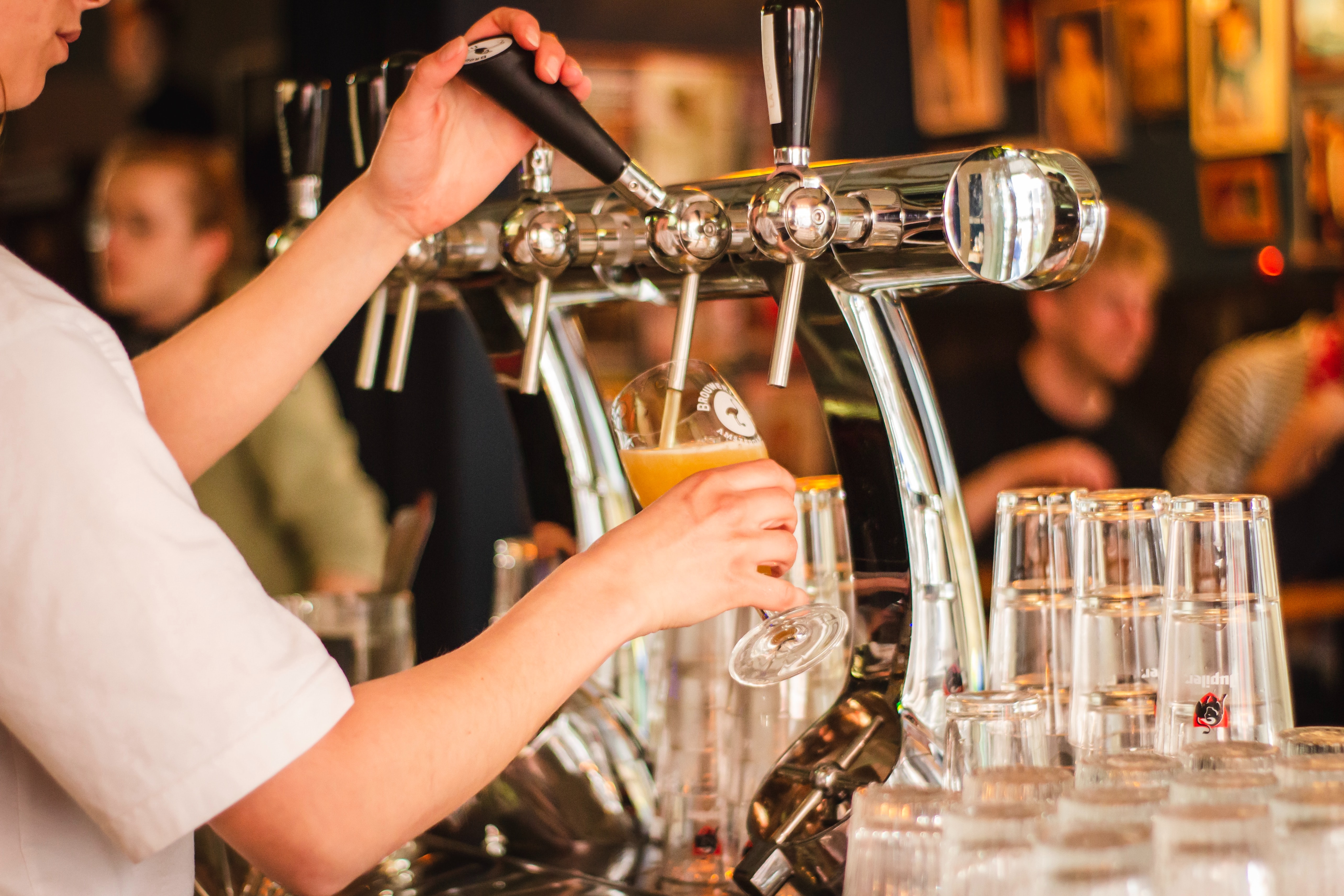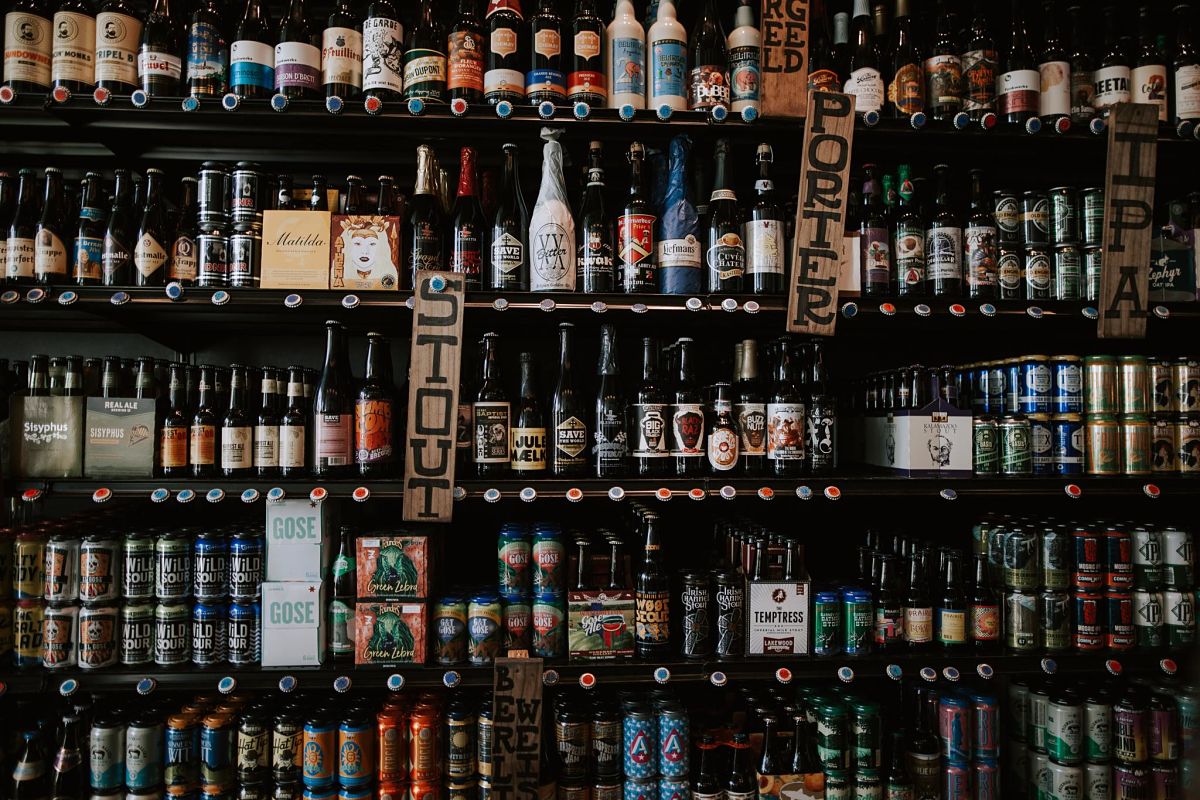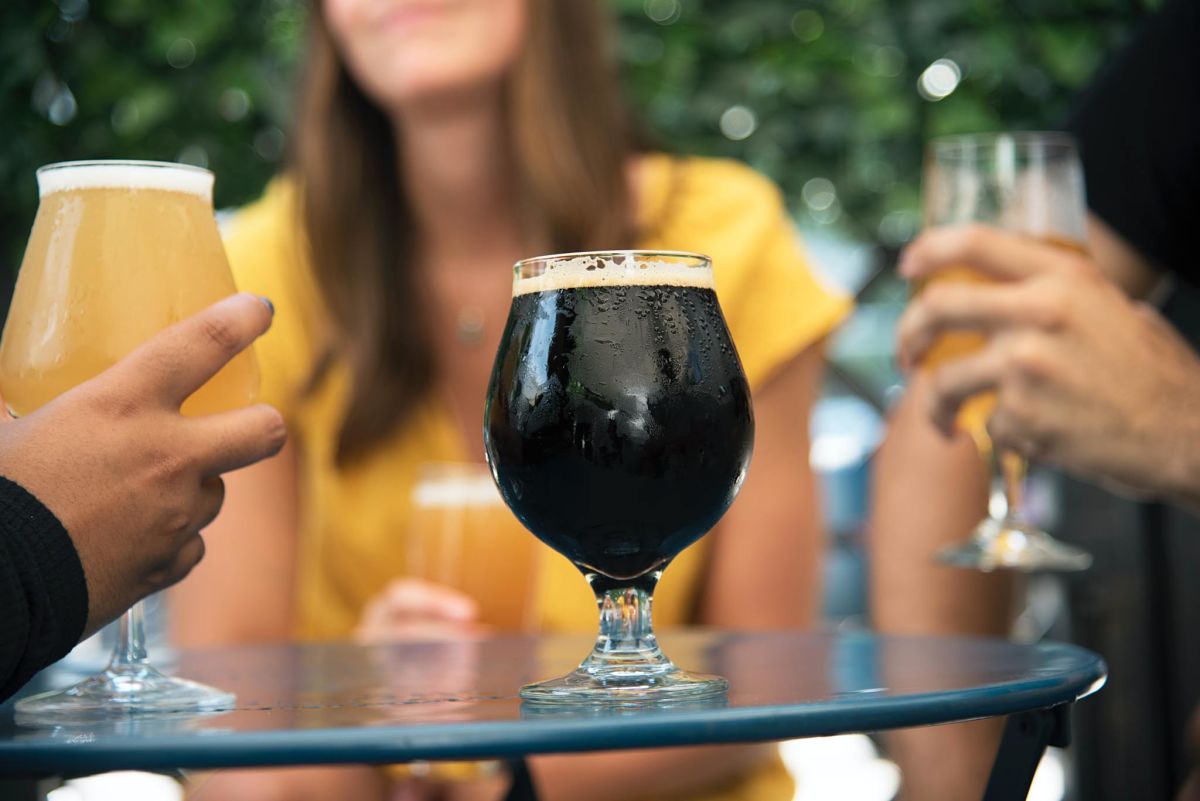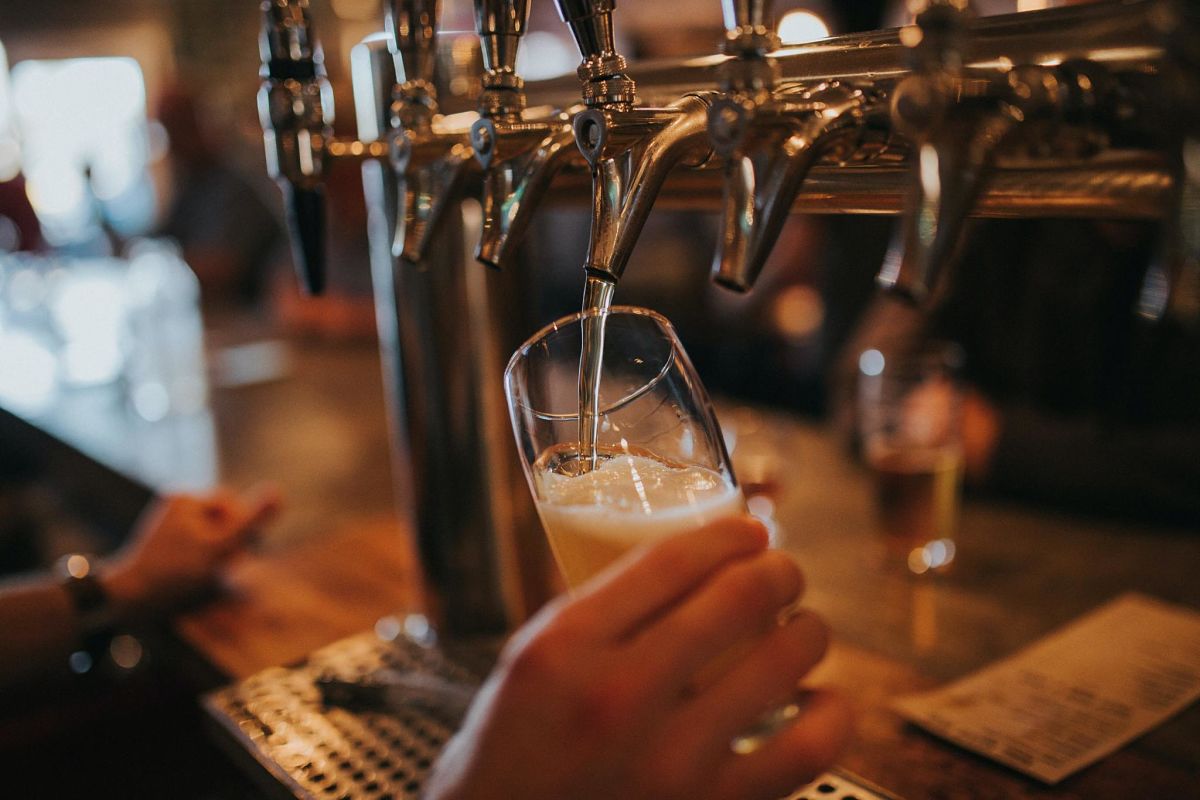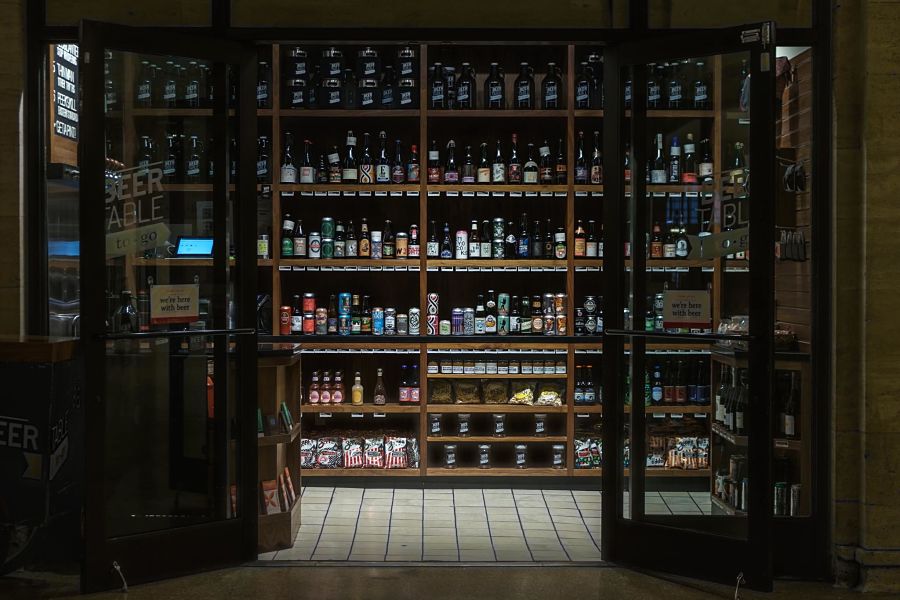The Big 4 - Beer Ingredients
28 Dec 2021
Ever wanted to know more about what’s in your beer? This series dips into the ingredients that make beer what it is, and what each one brings to the table.
_________________________
The world of beer holds over a hundred styles, covers a spectrum of colours, and contains a huge range of aromas and flavours. But for all this variety, the majority of beers are made with just four ingredients: water, malt, hops, and yeast.
What’s in a clean, refreshing, pale gold lager? Water, malt, hops, yeast.
What’s in a monstrous citrussy double IPA? Water, malt, hops, yeast.
What’s in a German wheat beer that tastes like banana and spices? Water, malt, hops, yeast.
What’s in a heavy stout with hints of coffee and chocolate? Water, malt, hops, yeast.
Don’t misunderstand - that doesn’t mean it’s simple. With every beer recipe, a brewer has plenty of decisions to make. Light malts or dark malts? One kind of malt, or five kinds of malt? How much of each? One hop variety, or three hop varieties? When to add the hops for best results? A lot of work goes into making beers all across the spectrum without straying from these four ingredients.
As with any rule, there are exceptions. Brewers do sometimes add different ingredients to achieve even more styles and flavours. However, it’s water, malt, hops and yeast doing the lion’s share of the work, and most of the differences between beers come from what brewers do with these four main ingredients. When someone sips an IPA and says it’s fruity, what they’re actually tasting is hops. When they comment on a stout being chocolatey, they’re tasting the malts. And that wheat beer that tastes like banana bread? You can thank the yeast for those flavours.
Five hundred years ago in Bavaria…
Germany has a 500-year-old law that restricts German brewers to these four ingredients. Reinheitsgebot, or the 'purity order,’ was first passed in 1516 in Bavaria, and has been in place across Germany since 1906.
The law has changed a little over those centuries - the original law limited brewers to barley (to reserve wheat and rye for bakers to make bread), and didn't mention yeast since it wasn't yet seen as a distinct ingredient. A few ingredients were also later added as exceptions for certain beer styles. However, the modern law still carries the spirit of Reinheitsgebot, ensuring beer in Germany is made without loopholes, shortcuts or bastardisation.
Australian brewers don’t face the same restrictions in what ingredients they’re allowed to use. But brewers will often still point to Reinheitsgebot as the best way to make beer - after all, the Germans are known for producing some of the best beer in the world, so they must be doing something right!
The four ingredients
Water
It’s the stuff of life, and it’s the stuff of beer. Since beer is 90% water, it’s important that brewers get their water just right before adding other ingredients. They treat the water to get rid of any impurities and reach the ideal pH level and mineral profile for whatever beer they’re making.
Malt
A shorthand term for ‘malted grains.’ Barley is the most common grain used in beer, but others like wheat, rye, and oats can also be used.
The malting process starts with the maltster steeping the grains in water to trick the seeds into thinking they can grow; then, once the grains have provided sugars to help grow a new plant, the maltster stops the process by cooking it in a kiln. A skilled maltster can produce different colours and flavours of malt by controlling the time, temperature and moisture levels in the kiln.
Hops
Hops are small green flowers or cones that grow on bines (similar to vines). The oils and acids in hops provide aroma, flavours and bitterness to beer, and also act as a natural preservative to keep beer from spoiling.
There are a number of ways people harness the oils and acids, but the most common is by drying and compressing the hops into pellets at harvest time to keep them fresh for brewers to use all year round.
Yeast
Yeast are microorganisms that drive the fermentation process in beer, converting sugars (from the malt) into alcohol and carbon dioxide. Brewers use different yeast strains based on what kind of beer they want to brew - some strains are meant to produce certain aromas and flavours, while others have been developed to be neutral.
_________________________
We’ll dig a bit deeper into each of these ingredients later on in this series. But in the meantime, start reading the descriptions of all the beers available on Only Craft Beer - brewers love talking about the ingredients they use!

